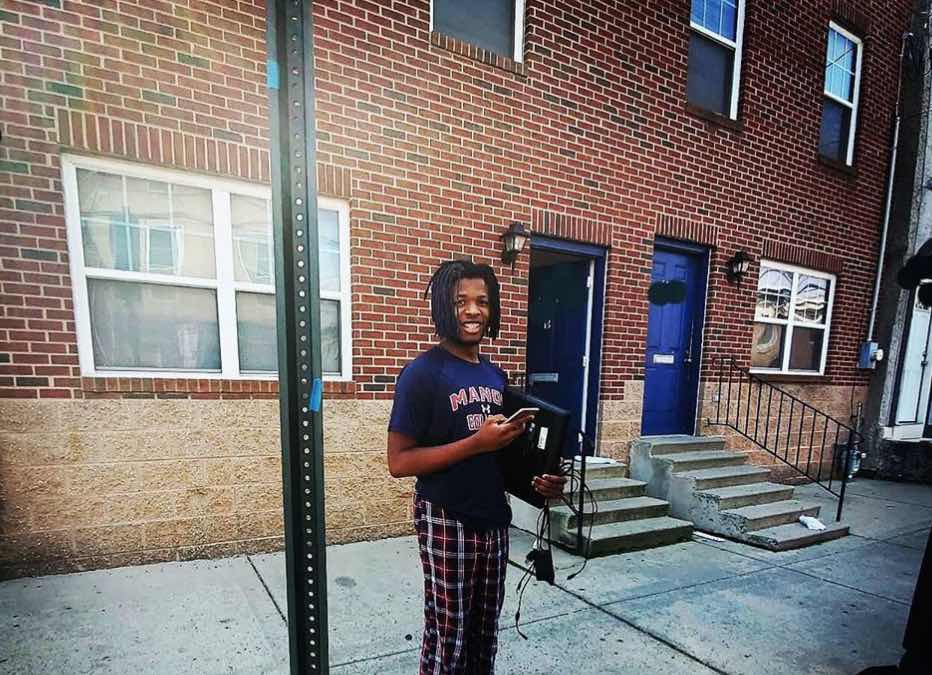On a video call last week with Save The Music teachers and administrators around the country, educators shared the challenges they were facing, but then quickly moved to dig in on solutions for their classes and students.
The big takeaway:
Schools are facing many of the same challenges, including lack of student access to technology, the sudden shift to remote learning, navigating the rules around allowable web resources, and continuing to support students’ well-being and mental health.
The solutions they were exploring though differed greatly. Music education, and education in general, has been forced into a period of aggressive experimentation.
In the words of one teacher:
Everyone is the same but everyone is also different.
How We’re Working with Teachers, Schools and Communities
Over the last 22 years, Save The Music has worked with hundreds of school districts and thousands of Title I schools nationwide to bring music back to the school day. Our vision is that every student in every school should have access to music education. The three main ways that we do this are investing in schools by donating musical instruments, technology and other equipment; supporting teachers with professional development and ongoing program support; and advocating for public school music education programs at the local, state and national levels to ensure music is part of every student’s well-rounded education.
In the last few weeks we have been:
• Communicating daily with our grantee teachers and administrators – who are mostly operating in large and mid-sized city school districts. With our Music Education Masterclasses, we are assembling our teachers and students through monthly virtual meet-ups to provide peer-to-peer support, as well as access to the best minds in the industry to help navigate through these unusual times.
• Working with music, technology and content partners – like Ableton, Fender, Gibson, Soundtrap, Quaver Music, Flipgrid, MasterClass – to make online platforms free and push out remote learning curriculum. In the past three weeks, we’ve added more than 50 online learning partners to our online music education resources.
The big challenges are:
1. The digital divide – we estimate that roughly 50% percent of our students don’t have technology or connectivity at home, and only a minority have musical instruments at home. Many school districts are reporting very low attendance at online school – Los Angeles Unified School District has reported that at least one-third haven’t logged in. We’ve heard more in the past week about school districts physically distributing Chromebooks and tablets, but also about many schools in places relying on paper packets distributed with free meals.
2. Teacher preparedness – many teachers had only a few days to make this shift to a completely new way of teaching.
3. Earlier grades are harder – as a teacher may now be creating family activities for caregivers to log on and engage along with the student.
Our early learnings:
1. This is a time of tremendous experimentation with lesson plans, hardware and software platforms for music technology and approaches to student-driven learning.
2. We’re seeing a heroic level of commitment from teachers – from hand-delivering equipment to students, to teaching classes on Instagram Live, to tracking down and Facetime calling individual students.
3. What’s working for our schools and teachers – simple, low-barrier tech solutions that align with technology and platforms that families and students already have and/or know how to do online.
• Cloud-based software that you can pull up on your phone – like Soundtrap or GarageBand
• Coursework that incorporates popular platforms like YouTube or Instagram Live
• Classes that combine Chrome Music Lab (on the Chromebook) and Flipgrid (where students respond to teacher questions on their phone the way they’d do on Instagram or Snapchat)
What does school look like in the fall?
We do think that there will be some benefit of this rapid progression up the learning curve – more adoption of music technology (e.g. digital audio workstations, plus the computer/tablet/phone as the instrument as well as a way to deliver instruction.)
More importantly we’re hoping that this experience creates a renewed focus on social, emotional and trauma-informed learning. Students will be just coming back from a strange and potentially traumatic time. We need to make sure we have processes in place for them to process that experience and express how they feel about it.
In that light, making sure that school in September is a welcoming environment filled with art and music seems more important than ever.

